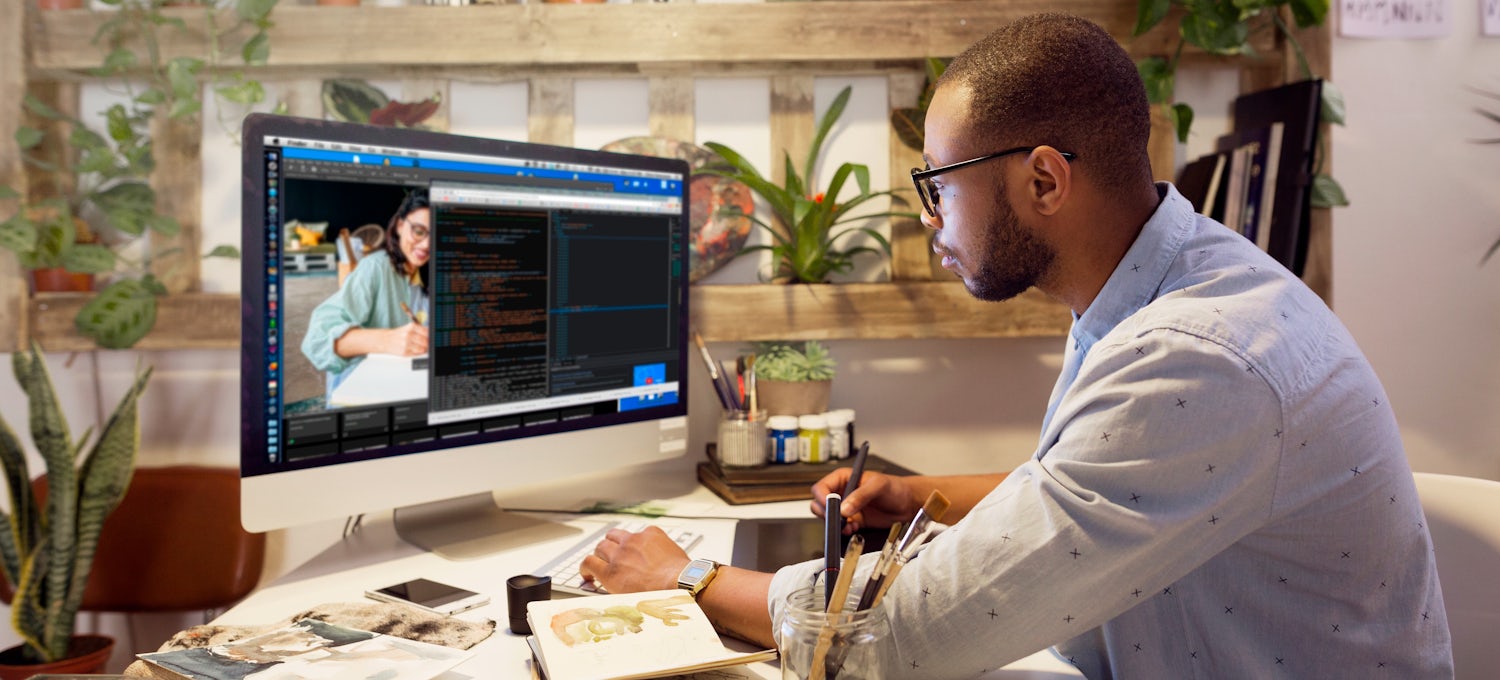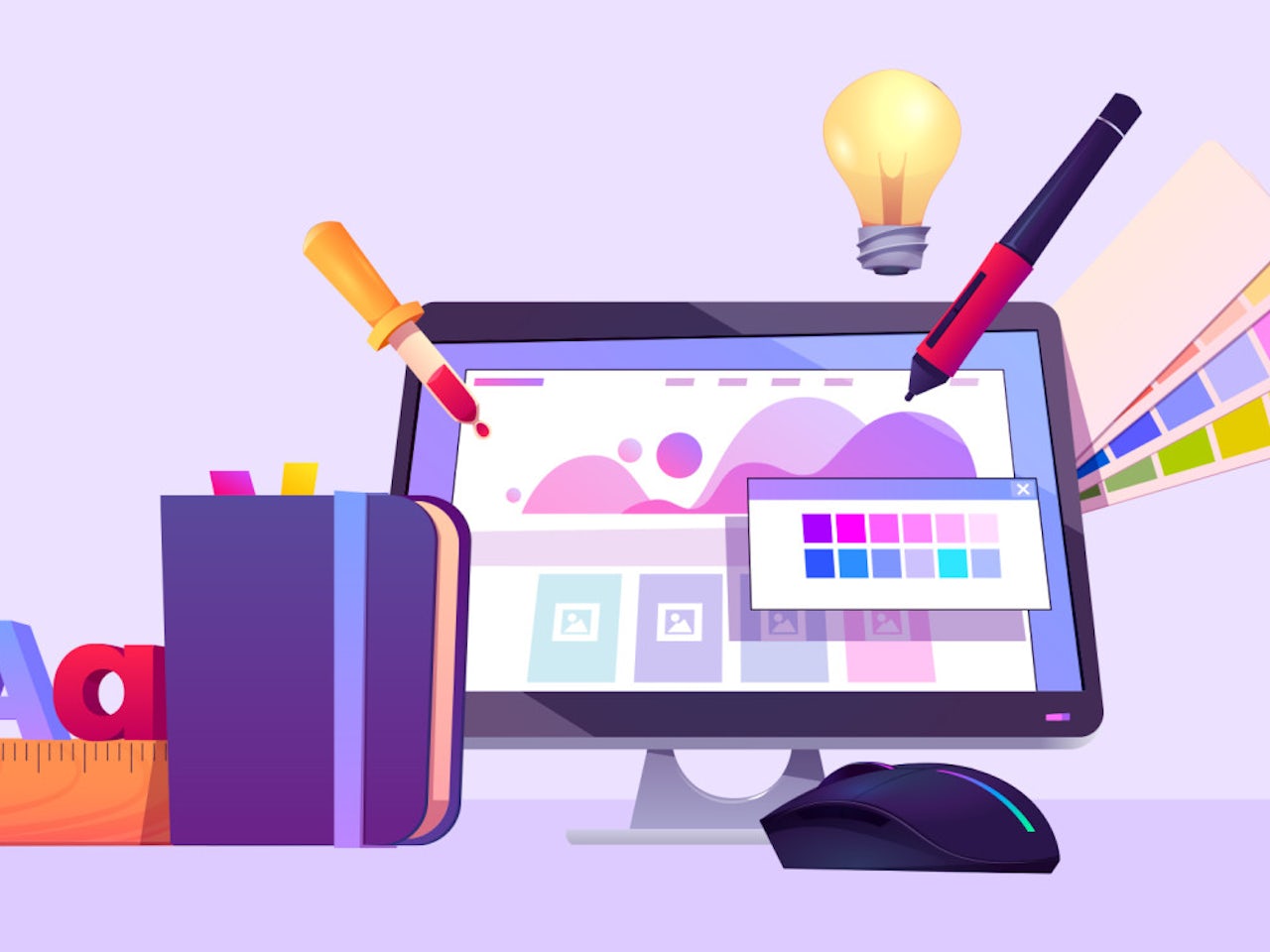Discover the Power of Modern Website Design for Business Growth
Discover the Power of Modern Website Design for Business Growth
Blog Article
Maximize Individual Experience With Cutting-edge Internet Site Design Solutions
In today's digital landscape, making best use of customer experience through cutting-edge internet site layout options is crucial for businesses looking for to involve their target market properly. By accepting user-centric design principles, organizations can develop user interfaces that not just meet individual requirements however additionally improve overall contentment. Key aspects such as receptive formats, user-friendly navigation, and efficient aesthetic hierarchy play a vital role in this process. The assimilation of interactive elements can even more raise the individual journey, triggering a reevaluation of standard design approaches. What methods might emerge when we think about the progressing assumptions of individuals?
Comprehending User-Centric Style

To implement user-centric design successfully, it is vital to carry out thorough research, consisting of individual interviews, surveys, and functionality screening. These research study techniques offer beneficial information that notifies layout decisions, ensuring that the final product straightens with user expectations. Additionally, developing user identities can help developers understand and envision with the end-users, leading the design procedure towards more pertinent solutions.
Moreover, repetitive design is a crucial part of user-centric methods. By continuously testing and refining layouts based on customer responses, designers can recognize discomfort points and locations of improvement, bring about a more sleek final item. Eventually, user-centric layout is not just a stage in the growth procedure but a constant dedication to focusing on individual demands, causing more efficient and appealing electronic experiences.
Significance of Responsive Layouts
As electronic interactions significantly occur throughout a variety of tools, the importance of receptive formats can not be overemphasized. A responsive format makes certain that a site adapts perfectly to different display sizes, from desktop computer screens to smartphones. This adaptability is vital in today's multi-device landscape, where users expect a engaging and consistent experience no matter exactly how they access material.
The key advantage of responsive style is boosted individual fulfillment. When a website is enhanced for all devices, it decreases the demand for zooming, scrolling, or horizontal navigation, which can frustrate users and lead to higher bounce prices. Furthermore, search engines like Google prioritize mobile-friendly websites in their ranking formulas, making receptive layouts essential for efficient SEO methods.
Furthermore, responsive layouts promote much easier upkeep and updates. As opposed to handling separate versions of a website for different tools, a solitary, fluid layout can be changed, saving time and resources. This holistic strategy not only improves efficiency yet likewise promotes brand name coherence across platforms. Eventually, investing in receptive designs is not just a trend; it is an essential concept of modern internet style that substantially improves customer experience and interaction.
Enhancing Navigating and Availability
Effective navigating and accessibility are crucial components of a well-designed web site, significantly influencing user engagement and complete satisfaction. A straightforward navigation structure enables visitors to discover information swiftly and intuitively, minimizing aggravation and boosting the likelihood of repeat visits. Executing clear, descriptive labels for navigation web links, together with a rational pecking order, can lead customers flawlessly via the site.
Access is equally essential, making certain that all individuals, despite their disabilities or abilities, can connect with the website efficiently. This can be achieved through using appropriate shade contrasts, message dimensions, and alt message for images, which with each other improve the experience for visually impaired customers. In addition, including key-board navigation and screen reader compatibility expands accessibility for users with varied demands.
Normal use screening can supply valuable understandings right into navigation performance and accessibility concerns. By gathering responses from genuine individuals, developers can identify pain factors and make educated changes. Inevitably, focusing on navigation and accessibility not only promotes inclusivity yet also grows a positive customer experience, enhancing the brand's commitment to top quality and user treatment in a significantly digital landscape.
Using Visual Pecking Order Properly
Visual hierarchy acts as a directing framework in web site style, guiding individuals' attention to one of the most crucial elements on a page. By tactically organizing aesthetic elements such as typography, spacing, and color, developers can create a clear path for customers to follow. This structure not just boosts customer experience yet additionally boosts material understanding.
One efficient method to establish visual pecking order is via making use of size and scale. Larger elements naturally draw in even helpful hints more focus, making headlines and essential visuals noticeable. Complementing this method with contrasting colors can even more set apart primary content from additional information, making certain that important details stands out.
Furthermore, the arrangement of elements plays an important role in directing individual communication. Employing a grid layout can create a natural circulation, while whitespace assists to different material and minimize cognitive tons - Website Design. This deliberate spacing permits individuals to refine info extra easily, bring about improved involvement
Lastly, making use of regular style patterns aids enhance aesthetic pecking order, providing customers with familiar signs as they navigate the site. By focusing on these principles, designers can successfully maximize user experience, ensuring more info here that site visitors can effortlessly locate the info they seek.
Incorporating Interactive Elements
The unification of interactive aspects right into website style can substantially enhance customer interaction and overall experience. Interactive attributes such as polls, sliders, and quizzes not just captivate customers yet likewise advertise energetic involvement, making the surfing experience a lot more memorable. By urging users to engage, sites can efficiently maintain interest and minimize bounce prices.
In addition, integrating dynamic content like animations and hover results adds an appealing layer of interactivity. These components can guide users intuitively through the website, highlighting important info and calls to activity. As an example, computer animated switches can attract attention and boost click-through prices.
Furthermore, customization via interactive devices such as chatbots or suggestion engines allows internet sites to deal with specific preferences, promoting a feeling of link. This customized technique not only enhances user contentment however also encourages repeat gos to.
Including analytics tools to track communications gives important understandings into click for source customer habits, enabling continuous renovation of the interactive elements. Inevitably, a well-designed interactive experience transforms an easy browsing session into an interesting journey, resulting in boosted individual contentment and loyalty. Incorporating interactive aspects is vital for making best use of customer experience in modern internet site layout.
Verdict

In today's electronic landscape, taking full advantage of individual experience with innovative website style services is essential for services looking for to engage their audience properly. Inevitably, prioritizing navigation and ease of access not just cultivates inclusivity yet also cultivates a favorable individual experience, strengthening the brand's commitment to high quality and individual treatment in a significantly digital landscape.

In final thought, maximizing user experience through ingenious web site layout services demands a dedication to user-centric principles. Website Design.
Report this page